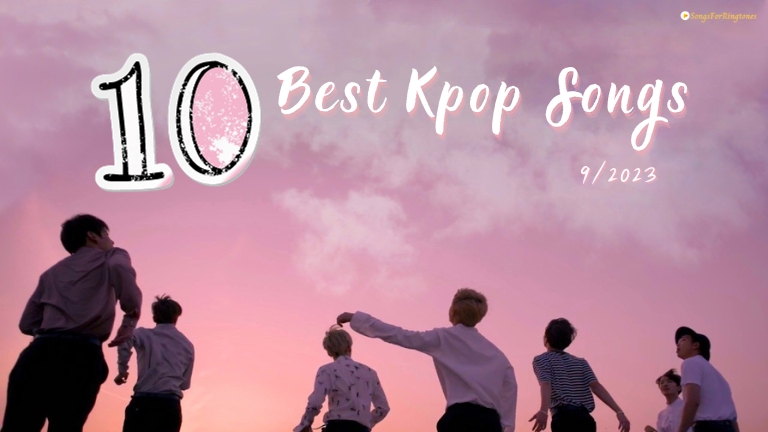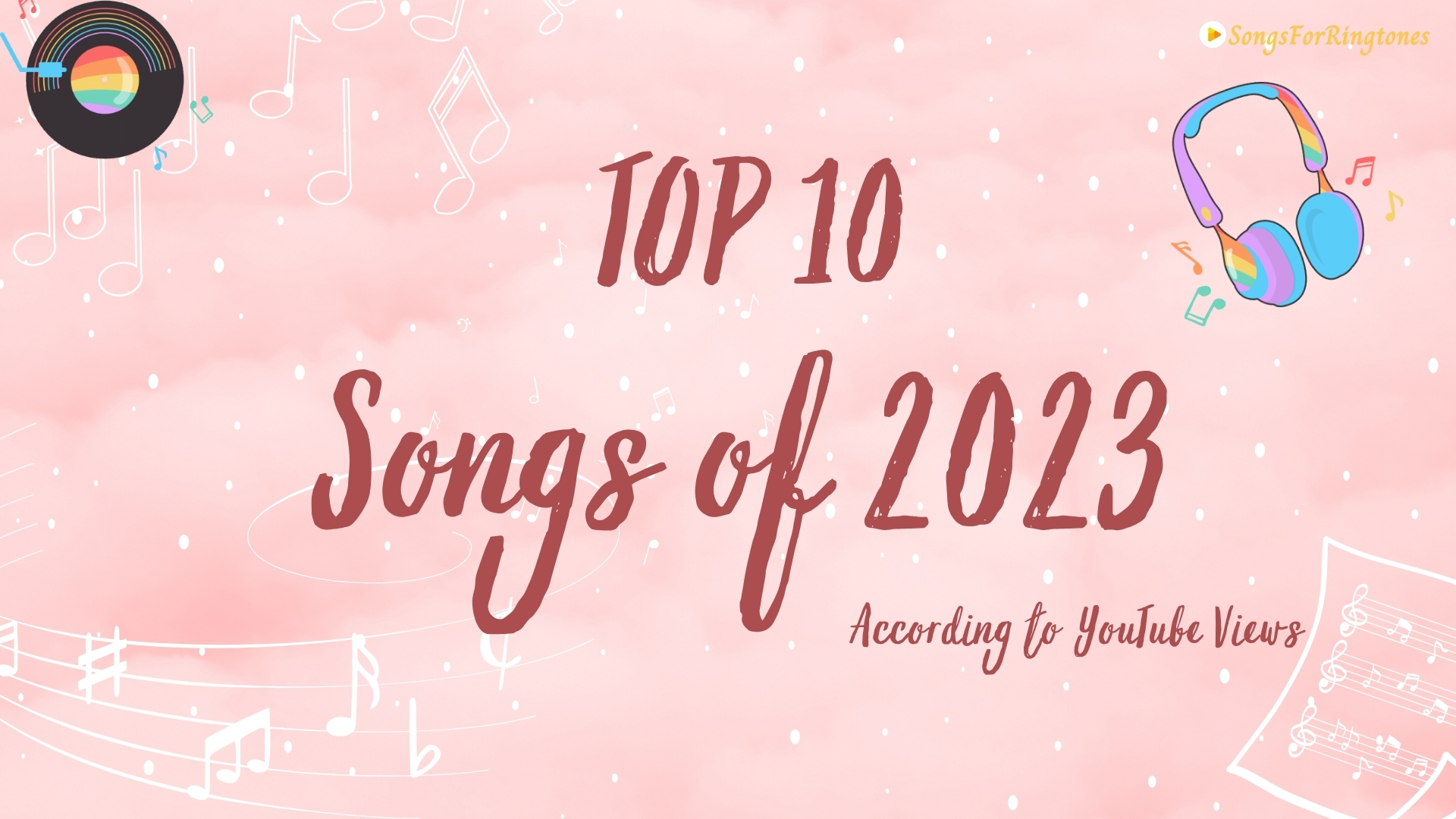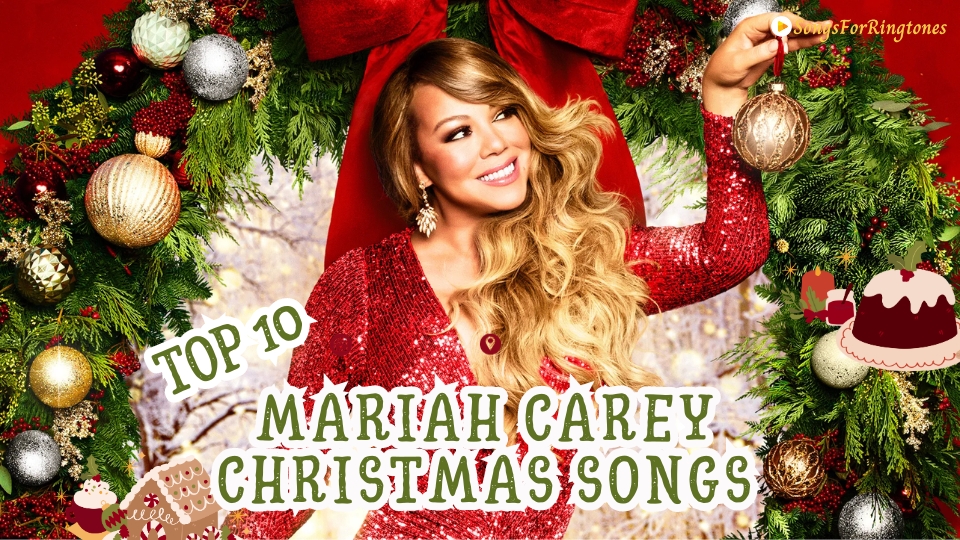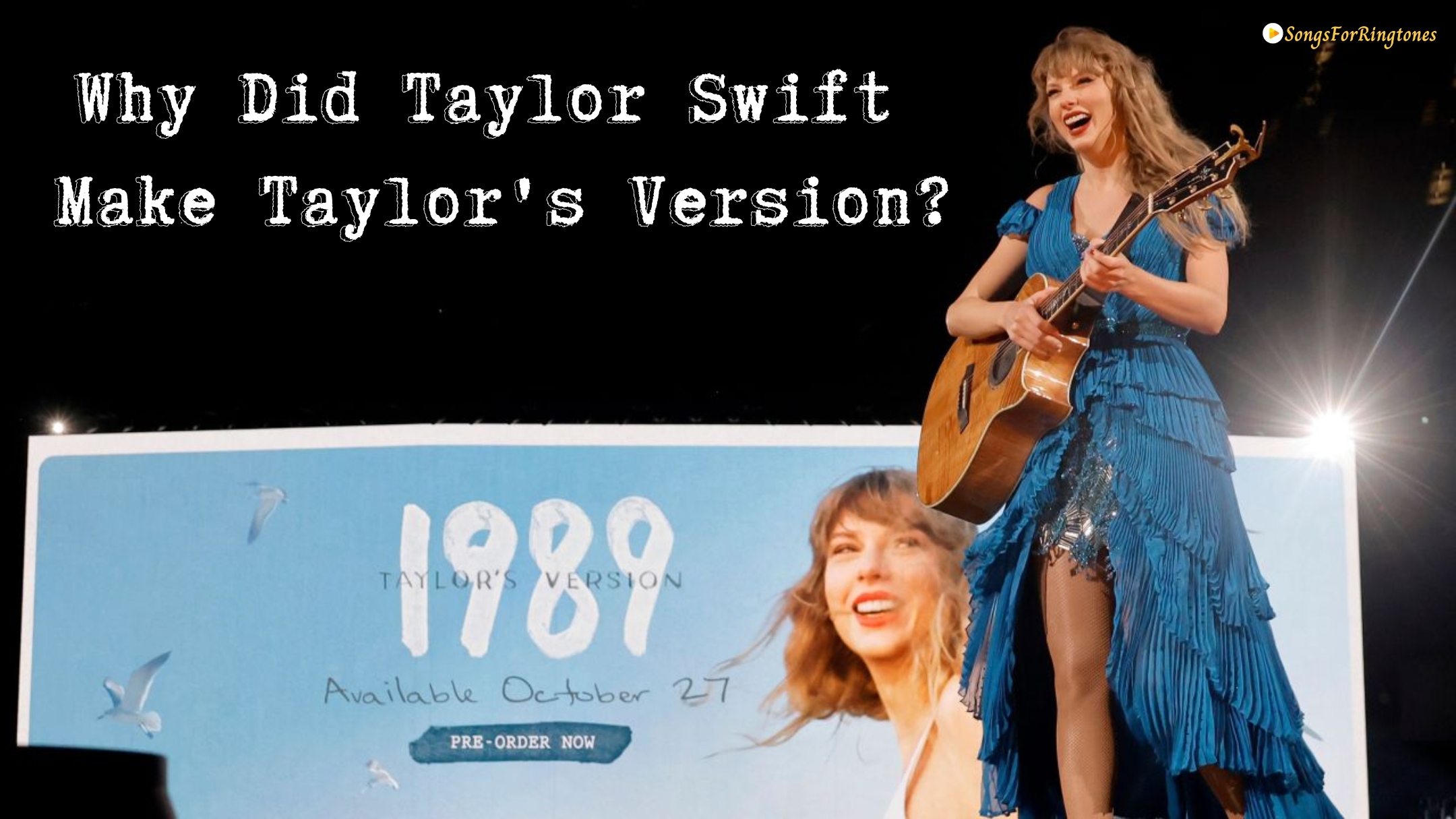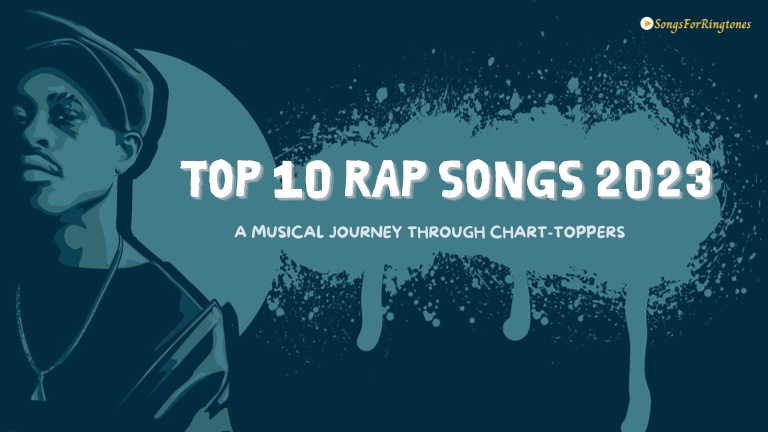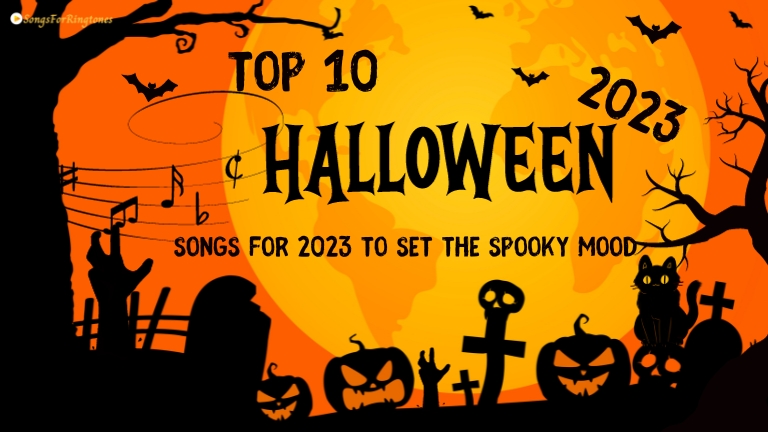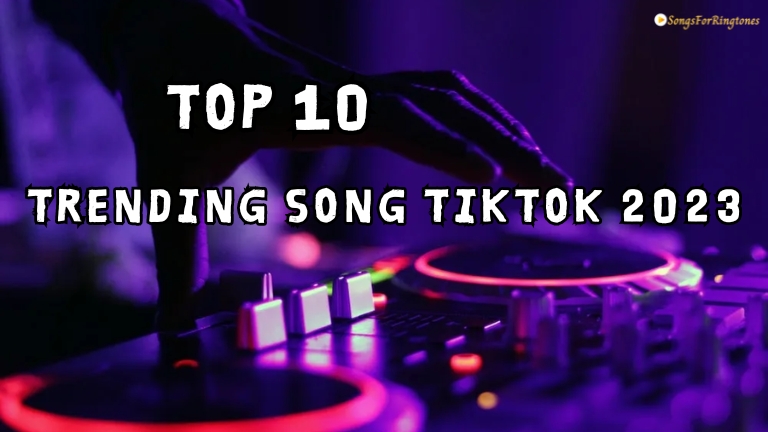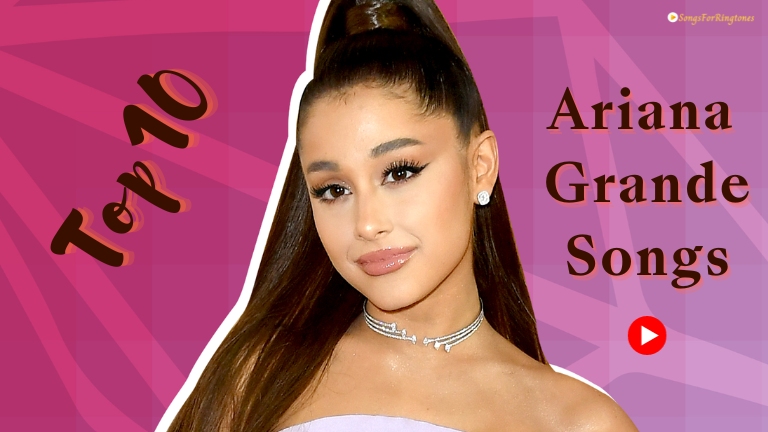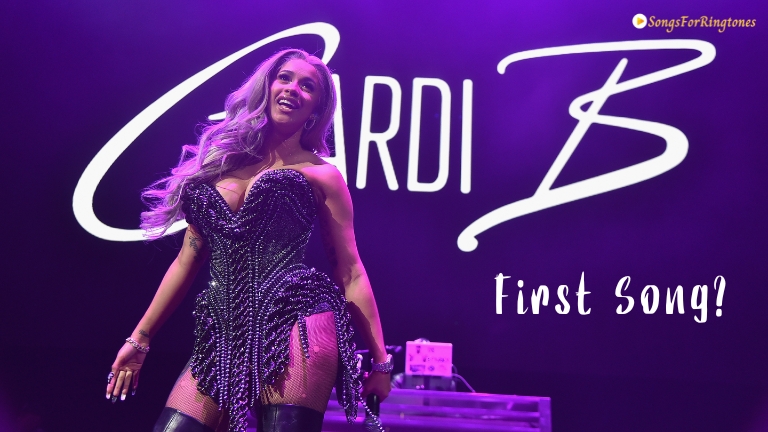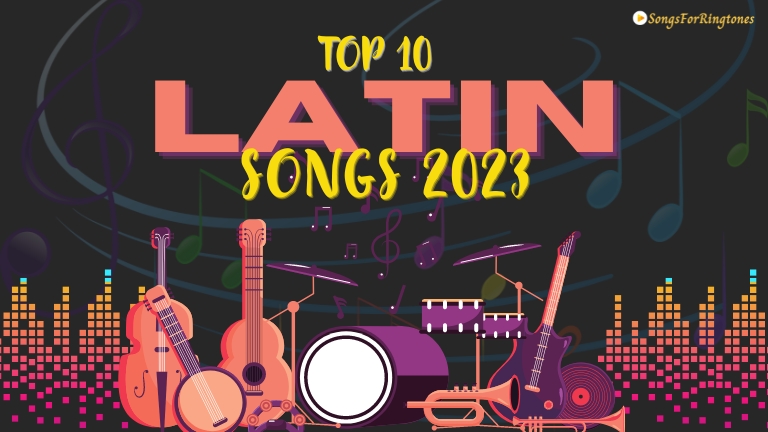Halloween, the bewitching holiday that falls on October 31st, is a time when the boundaries between the living and the dead blur, and the mundane world transforms into a realm of enchantment and mystery. This annual celebration is deeply rooted in ancient traditions, and its fascinating history is filled with superstitions, myths, and rituals. In this article, we’ll delve into the Traditions of Halloween, exploring their origins and significance to unveil the secrets of this spooky holiday.
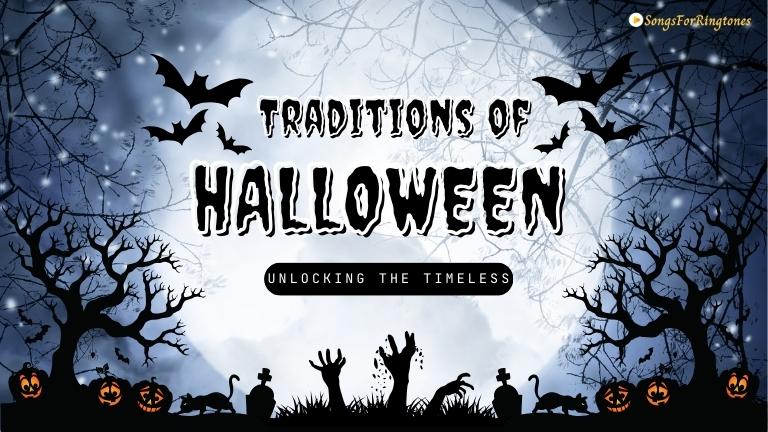
The Celtic Roots
The story of Halloween begins with the ancient Celtic festival of Samhain, which marked the end of the harvest season and the onset of winter. Samhain, celebrated on November 1st, was a time when the Celts believed that the veil between the living and the dead was at its thinnest, allowing spirits to cross over into the world of the living. To ward off malevolent spirits and welcome the benevolent ones, the Celts lit bonfires and wore costumes made from animal skins and heads. The tradition of wearing costumes and lighting bonfires persists in modern Halloween celebrations, a testament to its deep-seated roots in Celtic folklore.
All Hallows’ Eve
The name “Halloween” is a contraction of “All Hallows’ Eve,” which is the night before the Christian holiday of All Saints’ Day. In the 8th century, Pope Gregory III designated November 1st as a day to honor all saints and martyrs, effectively incorporating Samhain into Christian traditions. Halloween was then moved to October 31st, and All Saints’ Day to November 1st, with All Souls’ Day following on November 2nd. These Christian holidays merged with the pagan festival, bringing about a fusion of customs and beliefs.
Traditions of Halloween: Trick-or-Treating
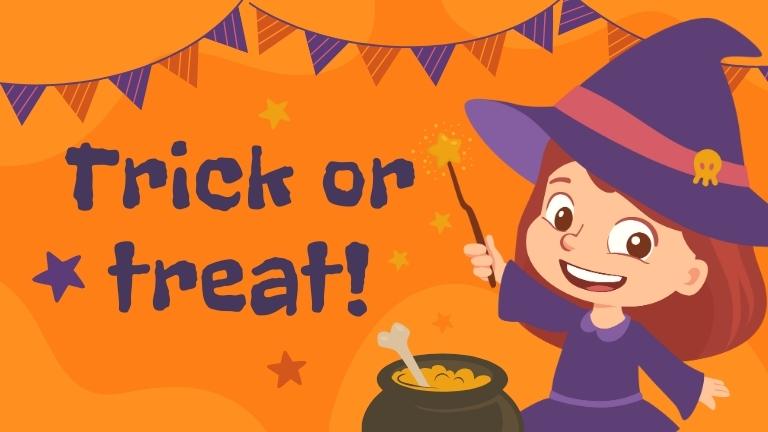
The charming tradition of trick-or-treating, in which children dress up in costumes and go from house to house collecting candy, has its origins in the medieval practice of “souling.” On All Souls’ Day, poor folks would visit the houses of the wealthy to receive small cakes called “soul cakes” in exchange for prayers for the souls of the homeowners’ deceased loved ones. Over time, this evolved into the modern practice of trick-or-treating, with the “trick” aspect reflecting the mischievous nature of Halloween.
Jack-o’-Lanterns
Carving pumpkins into Jack-o’-lanterns is an iconic Halloween tradition that has its roots in Irish folklore. The legend of “Stingy Jack” tells the story of a cunning and conniving man who tricked the Devil into promising not to claim his soul. Upon his death, Jack was denied entry to both Heaven and Hell and was left to wander the earth with only a hollowed-out turnip lantern to light his way. In Ireland, turnips were originally carved and used as lanterns, but when Irish immigrants arrived in America, they found pumpkins to be more readily available and began using them instead. Thus, the Jack-o’-lantern as we know it today was born.
The Haunted House
Halloween wouldn’t be complete without haunted houses. This Traditions of Halloween draws from the belief that spirits and ghosts are most active during this time of year. To honor this superstition, people set up haunted houses or visit them, seeking the thrill of being scared and getting into the spooky spirit of Halloween. Haunted houses have become a popular form of entertainment, with elaborate attractions and eerie encounters, making them an integral part of modern Halloween celebrations.
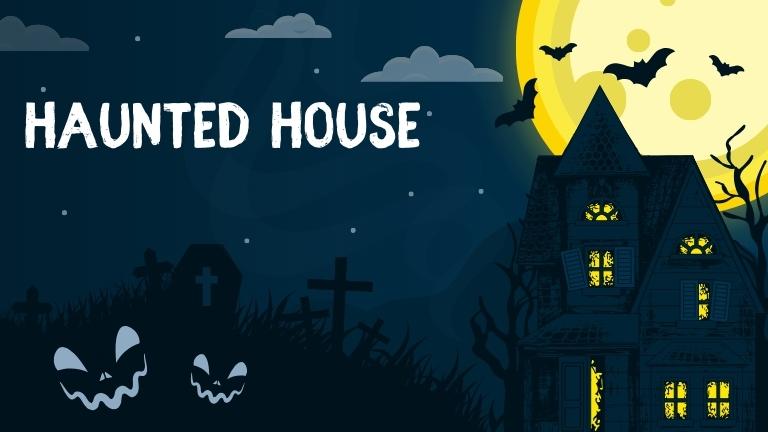
Witches and Broomsticks
The association of witches and broomsticks with Halloween is deeply embedded in Western folklore. The image of a witch riding on a broomstick across the moonlit sky has become a quintessential Halloween symbol. It’s believed to have originated from the practice of pagan witches using brooms as a symbol of their craft and their connection to nature. In medieval Europe, witch hunts and trials contributed to the association of witches with Halloween, reinforcing the idea of witches taking to the skies on broomsticks.
Halloween is a captivating holiday that seamlessly weaves together ancient Celtic traditions, Christian influences, and a touch of medieval folklore. The spooky traditions of Halloween, from dressing in costumes to carving Jack-o’-lanterns, all carry their own unique stories and symbolism. This holiday provides a glimpse into our cultural history and the enduring power of ancient beliefs, all while fostering a sense of community, fun, and a good dose of fright.
As Halloween approaches, let us remember that its customs, like the spirits themselves, have wandered through time and evolved, yet they continue to captivate and enchant us each year. By understanding the rich tapestry of Halloween traditions and their historical significance, we can appreciate this magical holiday in a whole new light, and continue to pass down its mysterious and spooky traditions to generations to come.
Above is detailed information for you about Traditions of Halloween. If you love Halloween ringtones and want your phone to ring in a spooky atmosphere this holiday season, don’t forget to visit Halloween Songs Ringtones.

